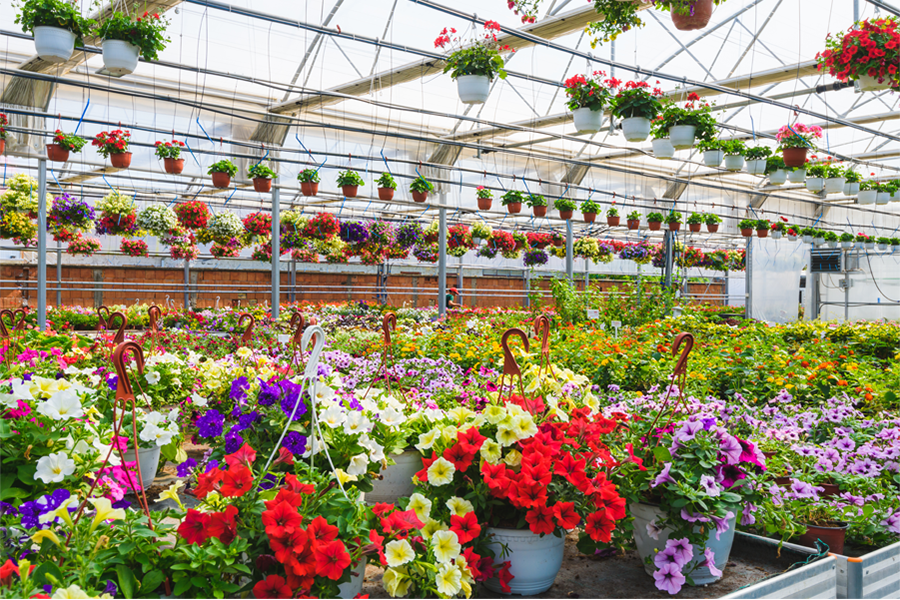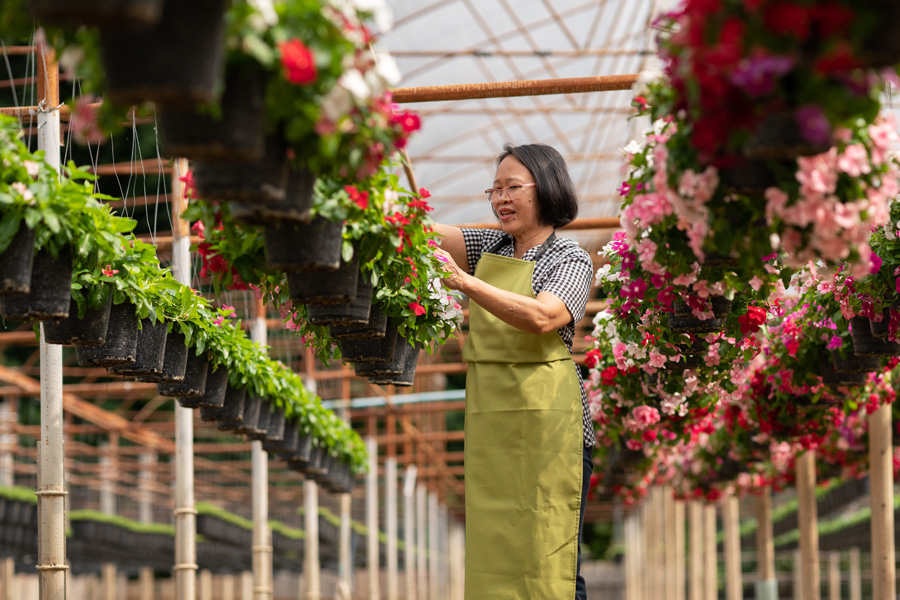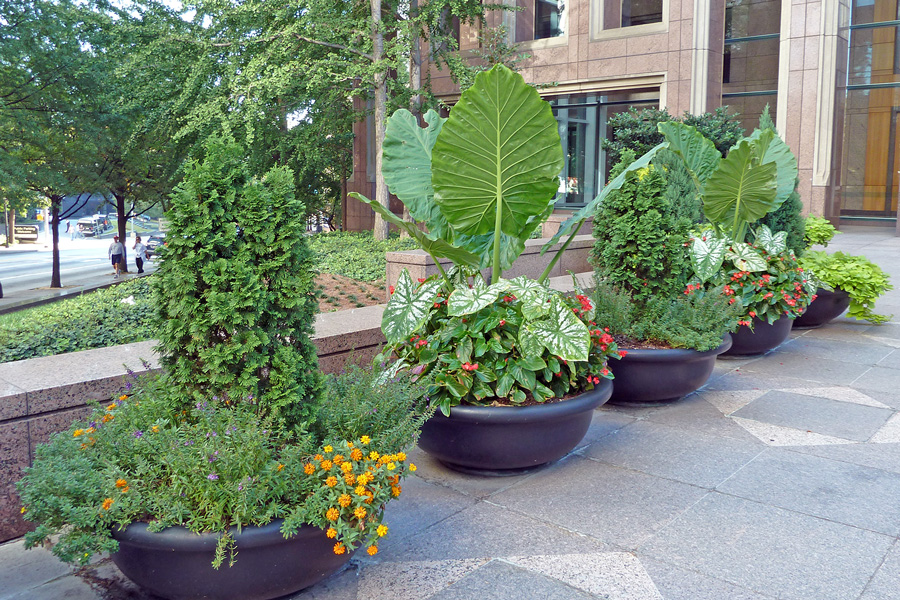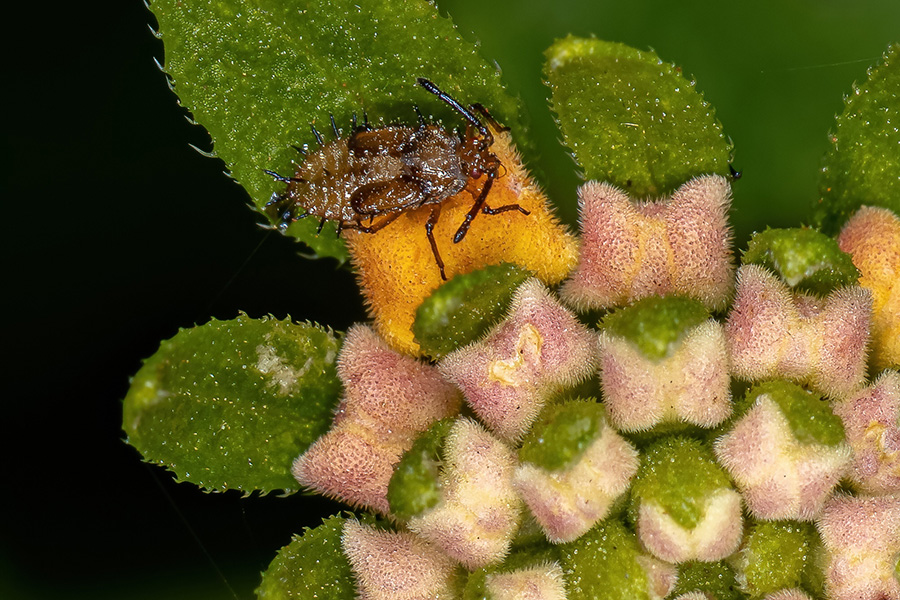Nursery
-

AP 130-2-12
Green Industry 2024
1. 2023 was a good year for many green industry firms, but not as good as 2020–2022.
2. The unknowns going into 2024 include higher inflation and interest rates, mixed signals within the economy, increased input costs, and variability in the housing market.
3. Green industry sales in Georgia are projected to be lower than 2023 levels.Benjamin Campbell
|
-

Beginning in the 1970s, container nursery production acreage rapidly increased such that container nursery production is now the dominant
method of nursery production. As a standard in the industry, plastic
nursery containers are lightweight, durable, familiar to growers, work well with automation, and can be reused or recycled. However, they are limited in their ability to be sustainably eco-friendly. This publication contains information about alternatives to petroleum-based containers for the nursery industry.Ping Yu
|
-

Your goal as a greenhouse grower is to maintain a stable pH over the life of the crop. This is not an easy task since many factors can affect pH in the growing substrate. The pH can go up or down within several weeks of the crop cycle and if you wait for deficiency or toxicity symptoms to develop, you have already compromised the health of the crop and you r profits. Knowing all factors involved is the first step to managing the substrate pH.
Svoboda Pennisi
|
-

Each year, one of the first questions both seasoned and new nursery producers, managers and owners asks is, “What plants should be propagated and/or grown in the upcoming season(s)?” Answering this question requires a complex equation of inputs ranging from the type of nursery operation that exists to physical location and market trends. For this reason, the answer to this question varies for each person or business.
This publication describes several important factors that must be considered to properly assess which ornamental crops should be grown and which market niches exist that may dictate crop selection.
Matthew Chappell and Ping Yu
|
-

Georgia’s nurseries, greenhouses and turfgrass businesses are major contributors to Georgia’s growing economy, to the beauty of Georgia homes and businesses, and to a better quality of life. When used appropriately, the products and services provided by these businesses enhance the environment of their customers. Thus, it only makes sense that these businesses should use management practices that are not damaging to natural resources and the environment. This publication is one tool that green industry companies can use to evaluate their management practices and design strategies for environmental compliance and pollution prevention.
Ping Yu
|
-

The idea of producing your own food in a clean, controlled environment is very appealing. While dreams may be big, careful research and planning should be done prior to jumping into any farm venture. Important items such as desire, capital, feasibility, labor, demographics, and marketing all need to be considered.
Robert Westerfield
|
-

AP 130-1-12
Green Industry 2023
1. 2022 was a good year for many green industry firms, with many firms
seeing increased profits.
2. There are many unknowns going into 2023 that will impact green
industry sales, including higher inflation and interest rates, mixed signals
within the economy, and the impact of varying strength of the housing
market in Georgia.
3. Green industry sales in Georgia are projected to be similar to 2022 levels.Amanda Smith and Benjamin Campbell
|
-

This publication offers information on types of plants suitable for mixed containers, with an emphasis on perennial and woody species and cultivars, as well as aesthetic qualities, cultural conditions and placement within the container.
Svoboda Pennisi and Matthew Chappell
|
-

The lantana lace bug, Teleonemia scrupulosa Stål (Tingidae: Hemiptera), is a serious pest of lantana (Lantana
camara L.). Although lantana is regarded as an invasive weed both in the United States and worldwide,
many popular cultivars continue to be planted in residential and public ornamental landscapes and gardens.
Previously, the lantana lace bug was deliberately introduced to several countries as a biological control agent for
lantana. Te lantana lace bug is also referred to as T. lantanae or T. vanduzeei in many publications. This publication covers the identification, biology, symptoms and management of lantana lace bugs.William Hudson and Shimat Joseph
|